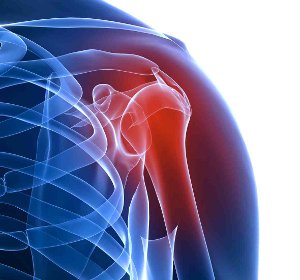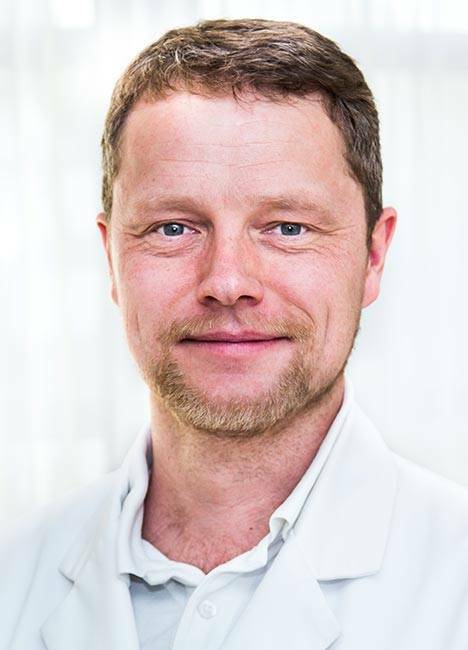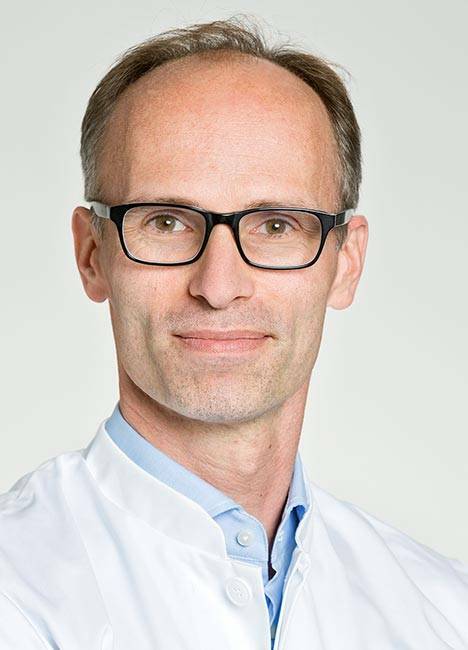Anatomy of the Shoulder
 Specialist shoulder treatment © Fotolia.com
Specialist shoulder treatment © Fotolia.com
The shoulder is one of the most sophisticated and complicated joints of the body. It has the greatest range of motion of any joint. The coordinated activity of numerous muscles working together in patterns is necessary to achieve this.
It is made up of four joints and five groups of bones.
To allow such a wide range of movement, shoulder joints need to be able to move freely rather than being fixed, but require a system of complex ligaments and muscles to keep it in the correct place.
Anatomy of the shoulder
Just like any complex system, the shoulder is prone to unique and sometimes complicated problems arising from injury (traumatic or gradual onset), overuse, or as part of the normal ageing process).
What is the structure of the shoulder?
Bones and joints form the deepest layer of the shoulder.
The bones of the shoulder include:
- Humerus - the upper arm bone
- Scapula, the shoulder blade, is a large flat and triangular bone which forms the back portion of the shoulder girdle. The flat blade of the scapula glides along the back of the chest allowing for extended movement of the arm.
- Acromion projects forward from the top of the scapula and along with the coracoid process, forms the "roof" of the shoulder.
- Clavicle - the collar bone which forms the front portion of the shoulder girdle. It attaches the shoulder to the rib cage and holds the shoulder out from the body.
Four joints make up the shoulder joint
Glenohumeral joint - a shallow cavity (hole) in the scapula where the humerus sits.
Acromioclavicular (AC) joint - between the clavicle and scapula.
Sternoclavicular (SC) joint - between the clavicle and sternum (chest bone).
Scapulothoracic joint - where the scapula meets the ribs at the back of the chest.
Soft tissue Components of the shoulder
The next layer of the shoulder is made up of the ligaments (soft tissue structures that connect bone to bone) of the joints.
Glenohumeral ligaments (GHL) - connecting the humerus to the glenoid and forming the joint capsule (watertight sac surrounding the joint). They help hold the shoulder in place and stop it from dislocating.
Coracoacromial ligament (CAL) - this is a bridge linking the coracoid to the acromion. If this ligament thickens it can cause impingement syndrome.
Coracoclavicular ligaments (CCL) - these two ligaments attach the clavicle to the coracoid process of the scapula. These ligaments are very small, but very strong and play an important role in keeping the shoulder "square". A fall on the point of the shoulder can rupture these ligaments leading to dislocation of the AC joint.
Transverse Humeral Ligament (THL) - this holds the tendon of the biceps muscle in a groove at the front of the humerus.
Tendons are extensions of muscles and attach muscles to bone. Muscles move the bones by pulling on tendons.
Rotator Cuff- these are a group of four muscles that connect muscles to the humerus. The tendon of one of these muscles - the supraspinatus is the one most likely to cause shoulder problems, both from overuse and from trauma. It is the tendon that enables you to lift your arm out to the side (an important movement for most daily tasks). Injury to this tendon can result in Rotator Cuff Tear. Overuse can lead to Subacromial Impingement. The rotator cuff also helps stabilise the shoulder joint by holding the humeral head in the socket.
Biceps Tendon- the biceps tendon is a very important tendon. It sits in a groove at the top of the humerus and attaches the biceps muscle to the bone at the top of the shoulder socket. The biceps tendon is a common source of shoulder pain and it can rupture.
Subacromial Bursa - this is found between the rotator cuff muscles and the larger surrounding muscles. A bursa is a pocket between two moving surfaces in the body. It contains lubricating fluid which allows muscles to move freely over one another without friction. Inflammation and swelling of the subacromial bursa is called bursitis and is often associated with Subacromial Impingement of the Shoulder.
Glenoid Labrum - the shoulder joint is a ball and socket joint, but a shallow one, covering only about a third of the "ball" (head of the humerus). To provide more stability to this glenohumeral joint, the socket is made deeper by the glenoid labrum. It is like a washer, it is a rubbery structure which encircles the glenoid cavity.
Nerves of the Shoulder - the nerves which give the arm the ability to move and to feel, are known as the Brachial Plexus. All the nerves travelling down the arm pass through the axilla (armpit) just below the shoulder joint.
Expert Diagnosis of Shoulder Disorders
Reasons for Shoulder Pain
- Dislocation
- Impingement syndrome
- Dislocation of the AC joint
- Rotator Cuff Tear
The most suitable treatment for you will depend not only on the stability of your shoulder but also on your age and your general medical condition. What is required by a shoulder specialist at the Gelenk Klinik to diagnose your shoulder condition?
For us to advise on the most suitable treatment for you, we need to be able to make an accurate diagnosis of your particular problem by conducting a thorough medical examination.





